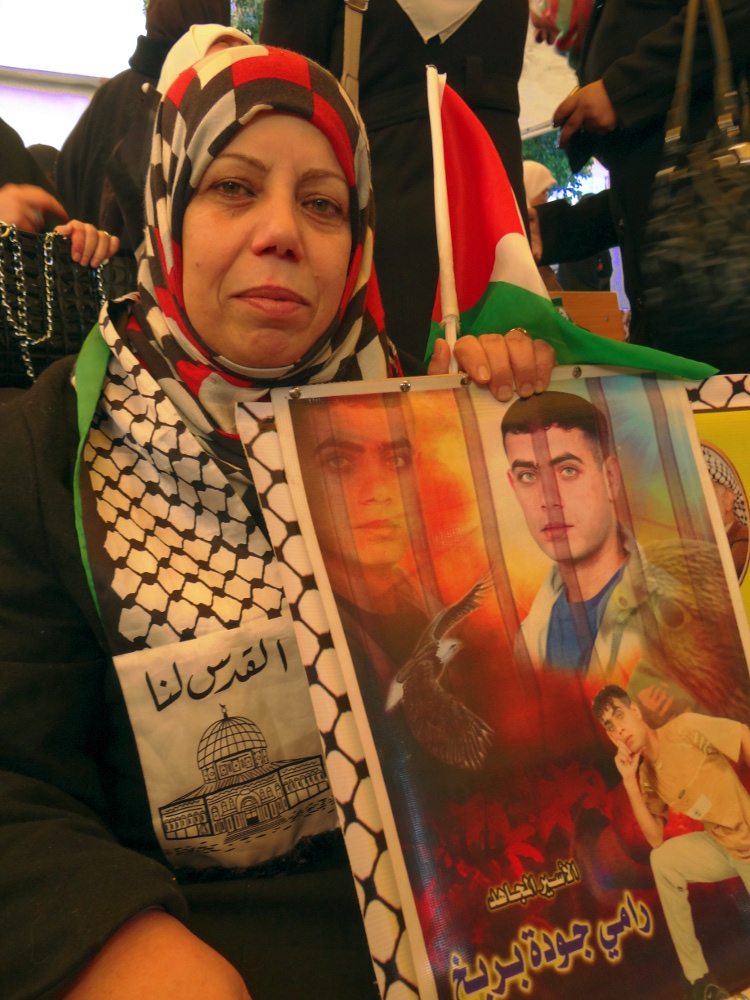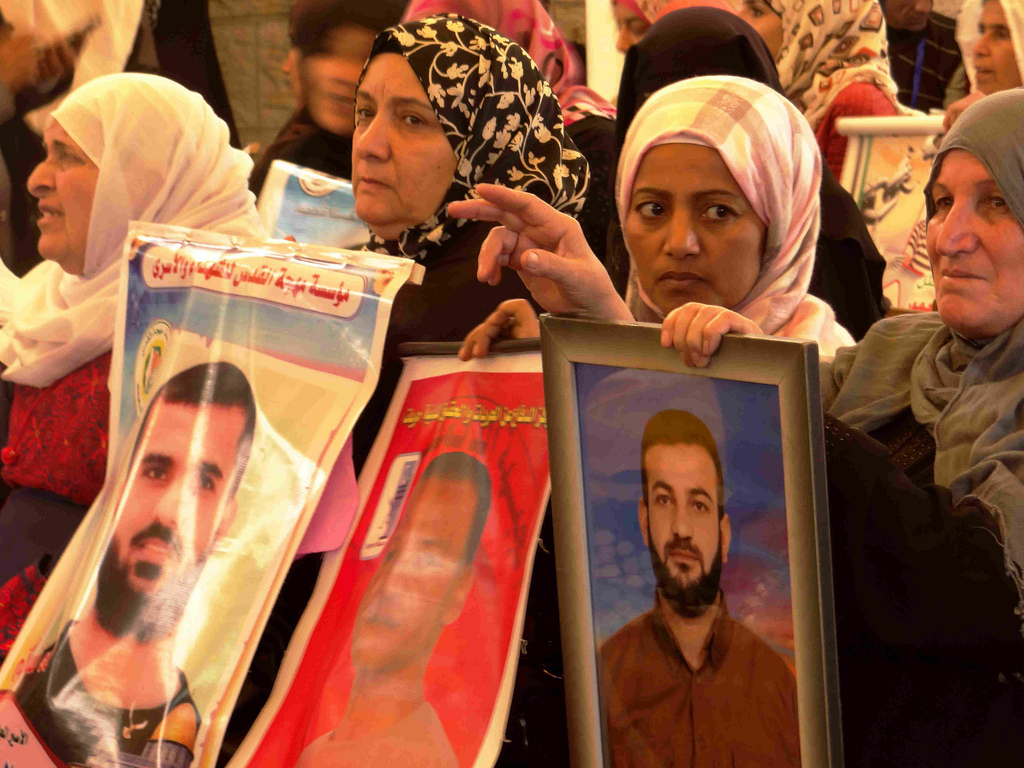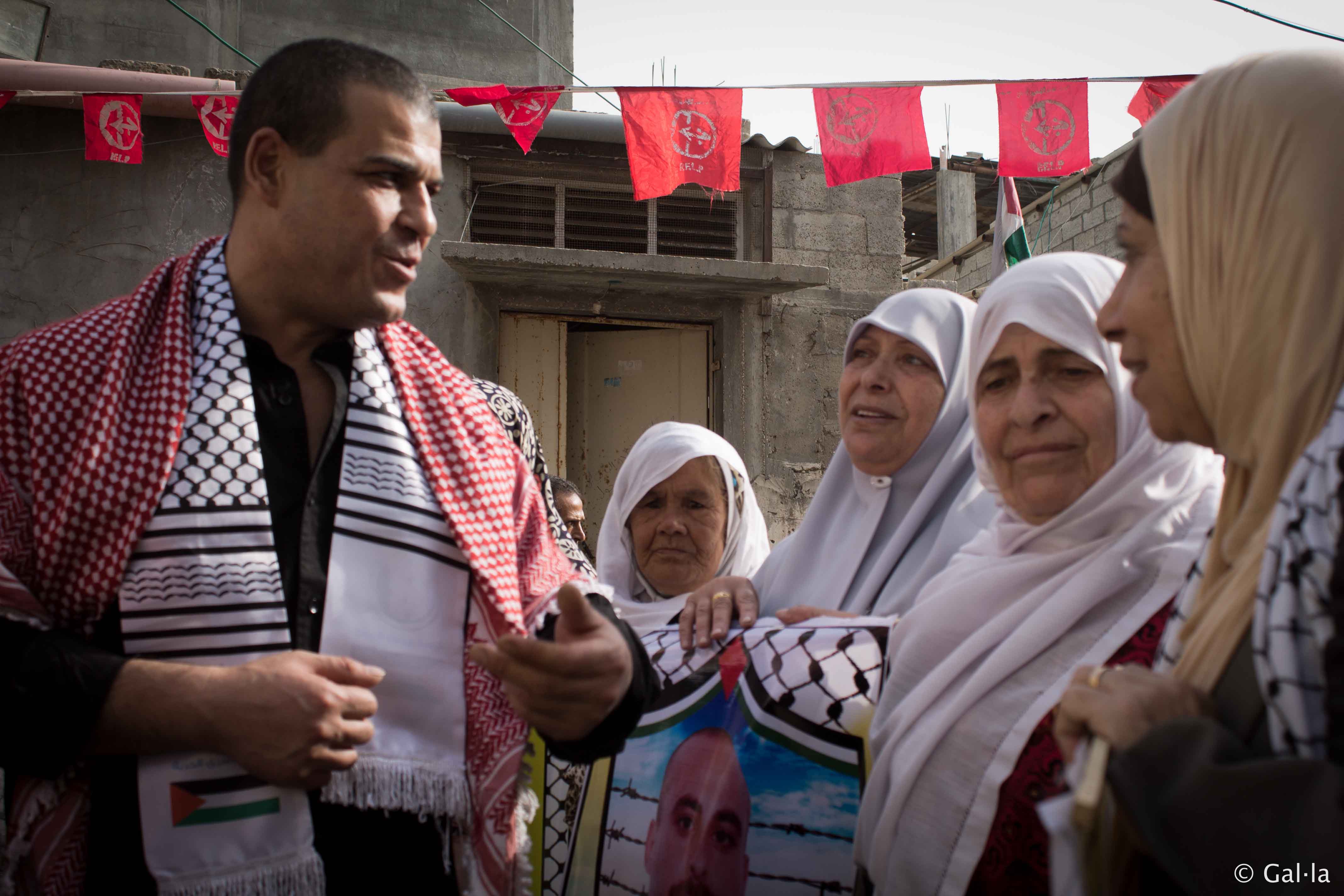Tag: International Committee of the Red Cross
-
At Gaza sit-in for detainees, Um Rami and Um Dia’a hope sons will be released next week
17th December 2013 | Resistenza Quotidiana, Silvia Todeschini | Gaza, Occupied Palestine Every Monday, activists and relatives of political prisoners in Israeli jails attend a solidarity sit-in inside the courtyard of the International Committee of the Red Cross in Gaza. The perseverance of these women and men, who have met here every week for eighteen years,…
-
Photos: Palestinians rally in Gaza Red Cross against Israel’s detentions and Italy ties
3rd December 2013 | International Solidarity Movement, Marco Varasio | Gaza, Occupied Palestine Like every Monday morning, relatives and friends, as well as local and international activists, gathered at the International Committee of the Red Cross in solidarity with the Palestinian political prisoners. The rally started with the protesters chanting slogans, especially about their homeland Palestine…
-
“I’m very happy now beside my family,” newly freed prisoner says at Gaza rally
26th November 2013 | International Solidarity Movement, Marco Varasio | Gaza, Occupied Palestine On Monday morning, relatives and friends of Palestinian detainees, as well as Palestinian and solidarity activists, rallied at the International Committee of the Red Cross’ Gaza office to demonstrate their support of the Palestinian prisoners. The rally started with the chanting of slogan…



